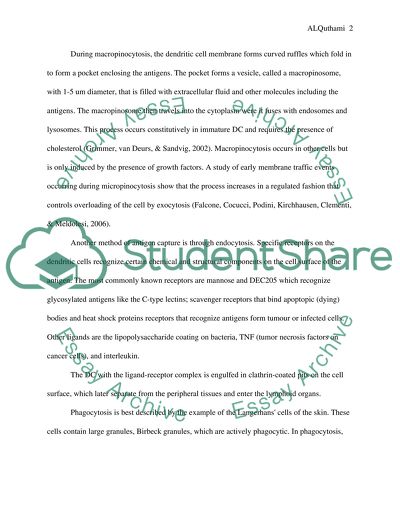Cite this document
(“Capture, Processing, and Presentation of Exogenous Antigen by Essay - 6”, n.d.)
Capture, Processing, and Presentation of Exogenous Antigen by Essay - 6. Retrieved from https://studentshare.org/social-science/1550199-essay
Capture, Processing, and Presentation of Exogenous Antigen by Essay - 6. Retrieved from https://studentshare.org/social-science/1550199-essay
(Capture, Processing, and Presentation of Exogenous Antigen by Essay - 6)
Capture, Processing, and Presentation of Exogenous Antigen by Essay - 6. https://studentshare.org/social-science/1550199-essay.
Capture, Processing, and Presentation of Exogenous Antigen by Essay - 6. https://studentshare.org/social-science/1550199-essay.
“Capture, Processing, and Presentation of Exogenous Antigen by Essay - 6”, n.d. https://studentshare.org/social-science/1550199-essay.


